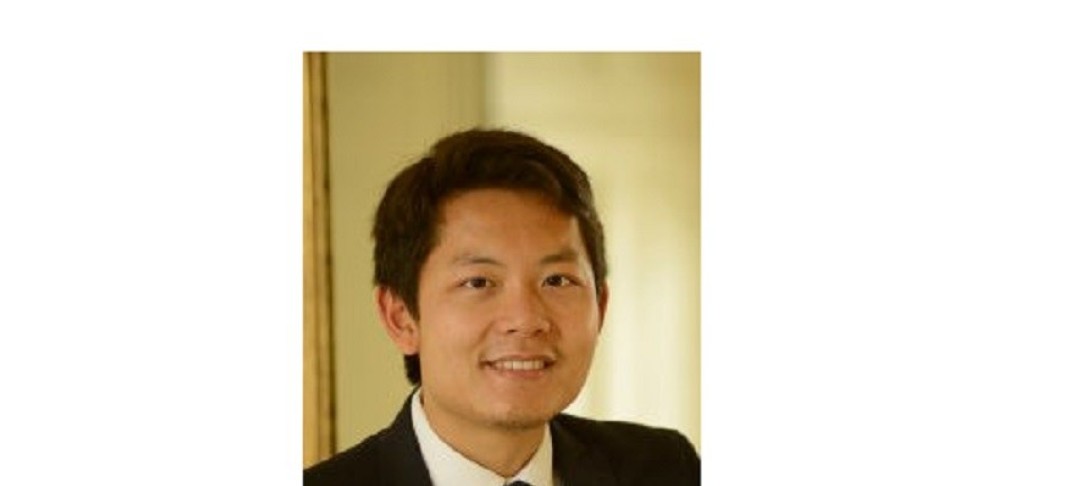
Abstract: Although halide perovskites have taken the photovoltaics field by storm, concerns over the toxic and easily accessible lead content have prompted a search for lead-free alternatives. Bismuth-based compounds have particularly gained attention, owing to their electronic similarities to lead, but have the advantage of being free from the same toxicity limitations.[1] This talk explores two such materials: Cs2AgBiBr6 double perovskite and BiOI.
Cs2AgBiBr6 replicates the crystal structure and 3D structural symmetry of lead-halide perovskites, but its photovoltaic performance lags behind. A key limitation is the wide band gap of 2.25 eV. We show that the band gap can be lowered through alloying with Sb, and that mixed alloys of Cs2Ag(SbxBi1-x)Br6 have smaller band gaps than either of the pure compounds. Through detailed optical measurements and computations, we identify the source of this large band gap bowing to be the Type II band alignment between Cs2AgBiBr6 and Cs2AgSbBr6, as well as non-linear mixing between the atomic orbitals of Bi and Sb.[2]
BiOI is not a perovskite, but replicates important features of the electronic structure of lead-halide perovskites that are believed to be conducive to defect tolerance. We show through computations and experiment that BiOI indeed tolerates the dominant vacancy and anti-site defects.[3,4] Whilst the band gap of BiOI is also too wide for single-junction photovoltaics, we show that it is optimal for indoor light harvesting. Indoor photovoltaics (IPV) have significant potential for powering autonomous electronics part of the Internet of Things (IoT). We demonstrate that BiOI IPV has efficiencies within range of commercial technologies (hydrogen-passivated amorphous silicon, or a-Si:H), and are adequate for powering inverters. Furthermore, we show that the optically-limited efficiency of BiOI, as well as a wide range of other perovskite-inspired materials, have potential to outperform a-Si:H.[5]
[1] Nat. Phys. 2020, 16, 996
[2] Li, Kavanagh, …, Hoye. J. Mater. Chem. A 2020, 8, 21780
[3] Hoye, et al. Adv. Mater. 2017, 29, 1702176
[4] Huq, Lee, …, Hoye. Adv. Funct. Mater. 2020, 30, 1909983
[5] Peng, Huq, Mei, …, Hoye, Pecunia. Adv. Energy Mater., 2020, Early View, 2002761. DOI: 10.1002/aenm.202002761
Bio: Dr. Robert Hoye is a Lecturer and Royal Academy of Engineering Research Fellow in the Department of Materials at Imperial College London. He leads the Energy Materials & Devices Group, which focuses on the development of thin film semiconductors for clean energy conversion. Dr. Hoye completed his PhD at the University of Cambridge (2012-2014), before being a Postdoctoral Research Associate at MIT (2015-2016). In 2016-2019, he returned to the University of Cambridge as a College Research Fellow. From 2018, he took-up the Royal Academy of Engineering Research Fellowship, initially at Cambridge, before moving to Imperial College as a Lecturer in Jan. 2020.


